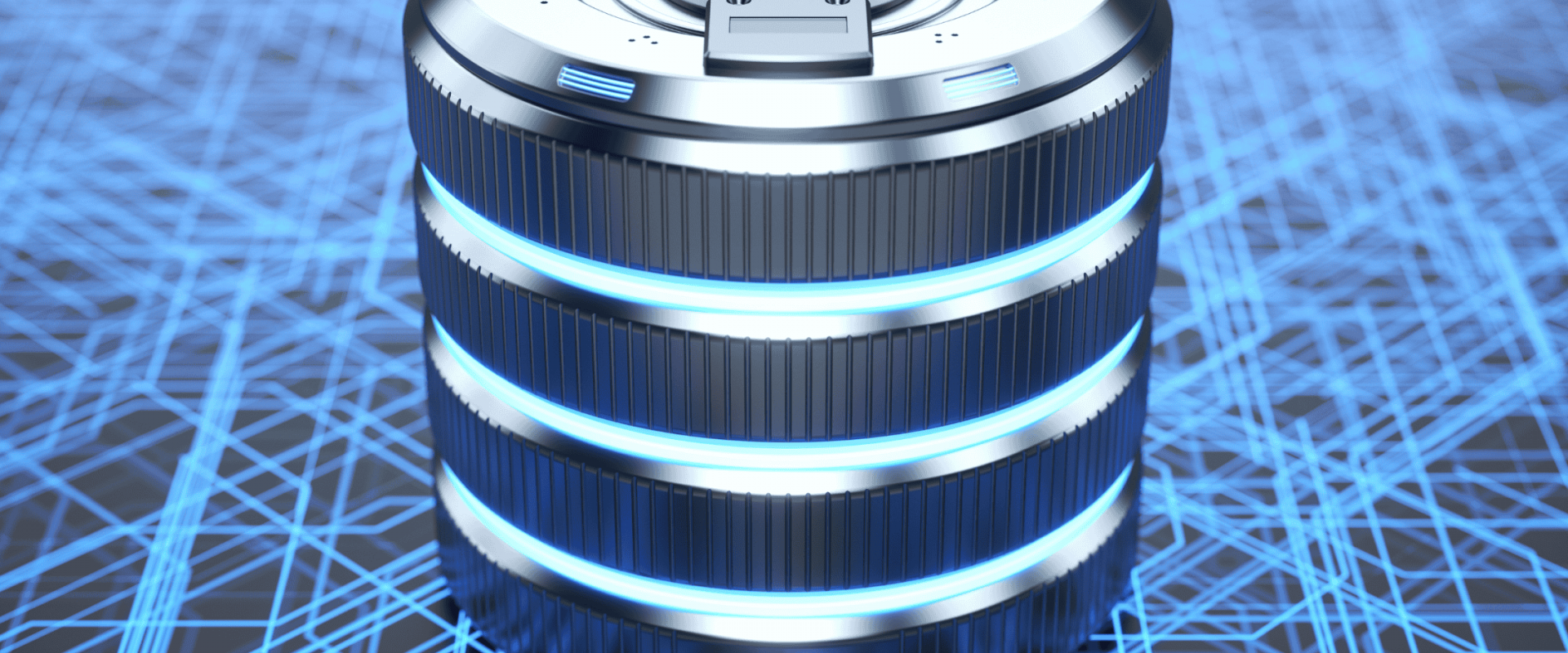How to Run a MySQL Database in a Docker Container

Running a MySQL database in a Docker container offers flexibility, scalability, and ease of management. Whether you're developing, testing, or deploying in production, Docker simplifies the process of setting up and managing databases. In this guide, we'll walk you through the steps to run a MySQL database in a Docker container, including how to access the database, persist data, and clean up resources.
Why Use Docker for MySQL?
Using Docker for MySQL provides several advantages:
Portability: Docker containers can run on any system that supports Docker, ensuring consistency across environments.
Isolation: Containers isolate the database from the host system, reducing compatibility issues.
Scalability: Easily scale your database by running multiple containers.
Efficiency: Docker optimizes resource usage, making it ideal for microservices and cloud-native applications.
Prerequisites
Before you begin, ensure you have Docker installed on your system. If you don't have Docker installed, you can find installation instructions on the Docker website.
Step-by-Step Guide to Running MySQL in a Docker Container
1. Run a Local Containerized MySQL Database
To start a MySQL container, use the following command:
docker run --name my-mysql -e MYSQL_ROOT_PASSWORD=my-secret-pw -e MYSQL_DATABASE=mydb -d mysql:latest
--name my-mysql: Assigns a name to your container for easier reference.-e MYSQL_ROOT_PASSWORD=my-secret-pw: Sets the root password for MySQL.-e MYSQL_DATABASE=mydb: Creates a database namedmydb.-d: Runs the container in detached mode (in the background).mysql:latest: Specifies the latest MySQL image.
To verify that your container is running, use:
docker ps
2. Access the Shell of the Containerized Database
To access the MySQL container's shell, use:
docker exec -it my-mysql bash
Once inside the container, you can interact with the MySQL server using the MySQL command-line client:
mysql -u root -p
You can then execute SQL commands, such as:
SHOW DATABASES;
CREATE DATABASE testdb;
USE testdb;
CREATE TABLE test (id INT, name VARCHAR(20));
INSERT INTO test VALUES (1, 'arvind');
SELECT * FROM test;
3. Connect to the Containerized Database from Your Host
To connect to the MySQL database from your host machine, map a port on your host to the container's MySQL port (default: 3306):
docker run -p 3307:3306 --name my-mysql -e MYSQL_ROOT_PASSWORD=my-secret-pw -e MYSQL_DATABASE=mydb -d mysql:latest
Now, you can connect to the database using any MySQL client on your host machine by specifying port 3307.
4. Persist Database Data in a Volume
To ensure your data persists across container restarts, use Docker volumes:
docker run --name my-mysql -e MYSQL_ROOT_PASSWORD=my-secret-pw -e MYSQL_DATABASE=mydb -v my-db-volume:/var/lib/mysql -d mysql:latest
This command mounts the volume my-db-volume to the /var/lib/mysql directory in the container, where MySQL stores its data.
5. Clean Up the MySQL Container
To remove a container, use:
docker rm --force my-mysql
To remove multiple containers, specify their names or IDs:
docker rm --force 90b8831a4b8 36252896d6ff d86dff3809e8
Conclusion
Running MySQL in a Docker container is a powerful way to manage databases in a portable, scalable, and efficient manner. Docker's isolation and resource optimization make it ideal for microservices and cloud-native applications. By following this guide, you can easily set up, access, and manage a MySQL database in a Docker container.
How ZippyOPS Can Help
At ZippyOPS, we specialize in providing consulting, implementation, and management services for DevOps, DevSecOps, DataOps, Cloud, Automated Ops, AI Ops, ML Ops, Microservices, Infrastructure, and Security. Whether you're looking to optimize your database management or implement a microservices architecture, our team is here to help.
Our Services: ZippyOPS Services
Our Products: ZippyOPS Products
Our Solutions: ZippyOPS Solutions
Demo Videos: YouTube Playlist
If you're interested in learning more, please email us at [email protected] for a consultation.
By following this guide, you can efficiently run and manage a MySQL database in a Docker container, leveraging the power of containerization for your development and production needs.
Recent Comments
No comments
Leave a Comment
We will be happy to hear what you think about this post